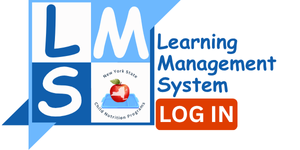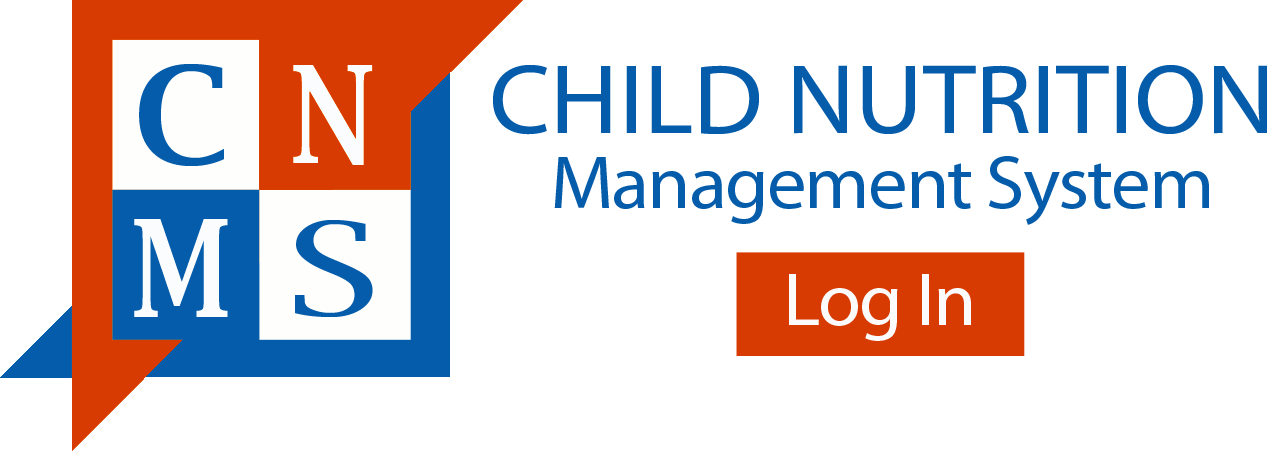Special Milk Program (SMP)
The Special Milk Program (SMP) provides milk to children in schools and childcare institutions who do not participate in other federal meal service programs. The program reimburses schools for the milk they serve. Schools in the National School Lunch or School Breakfast Programs may also participate in the Special Milk Program to provide milk to children in half-day pre-kindergarten and kindergarten programs where children do not have access to the school meal programs.
SMP USDA FACT SHEET
1. What is the Special Milk Program?
The Special Milk Program provides milk to children in schools, child care institutions and eligible camps that do not participate in other Federal child nutrition meal service programs. The program reimburses schools and institutions for the milk they serve. In 2012, 3,647 schools and residential child care institutions participated, along with 571 summer camps and 482 non‐residential child care institutions. Schools in the National School Lunch or School Breakfast Programs may also participate in the Special Milk Program to provide milk to children in half‐day pre‐kindergarten and kindergarten programs where children do not have access to the school meal programs
The Food and Nutrition Service administers the program at the Federal level. At the State level, the Special Milk Program is usually administered by State education agencies, which operate the program through agreements with school food authorities.
2. How does the Special Milk Program work?
Generally, public or nonprofit private schools of high school grade or under and public or nonprofit private residential child care institutions and eligible camps may participate in the Special Milk Program provided they do not participate in other Federal child nutrition meal service programs, except as noted above. Participating schools and institutions receive reimbursement from the U.S. Department of Agriculture (USDA) for each half pint of milk served. They must operate their milk programs on a non‐profit basis. They agree to use the Federal reimbursement to reduce the selling price of milk to all children.
Any child at a participating school or half‐day pre‐kindergarten program can get milk through the Special Milk Program. Children may buy milk or receive it free, depending on the school’s choice of program options.
3. What types of milk can be offered and what are the nutritional requirements for the milk program?
Schools or institutions must offer only pasteurized fluid types of fat free or low-fat (1%) milk. These milks must meet all State and local standards. All milk should contain vitamins A and D at levels specified by the Food and Drug Administration.
4. How do children qualify for free milk?
When local school officials offer free milk under the program to low‐income children, any child from a family that meets income guidelines for free meals is eligible. Each child’s family must apply annually for free milk eligibility.
5. How much reimbursement do schools get?
The current Federal reimbursement for each half‐pint of milk sold to children can be found at: https://www.cn.nysed.gov/content/reimbursement-rates. For students who receive their milk free, the USDA reimburses schools the net purchase price of the milk. For the latest reimbursement rates visit https://www.fns.usda.gov/school-meals/rates-reimbursement.
6. How much milk is served annually in the Special Milk Program?
In Fiscal Year 2012, over 61 million half pints of milk were served through the Special Milk Program. Expansion of the National School Lunch and School Breakfast Programs, which include milk, has led to a substantial reduction in the Special Milk Program since its peak in the late 1960's. The program served nearly 3 billion half pints of milk in 1969; 1.8 billion in 1980; and 181 million in 1990.
7. How much does the program cost?
In Fiscal Year 2012 the Special Milk Program cost $12.3 million. By comparison, the program cost $101.2 million in 1970; $145.2 million in 1980; $19.1 million in 1990; and $15.4 million in 2000.
"Special Milk Program." USDA. n.p., August 2012.



